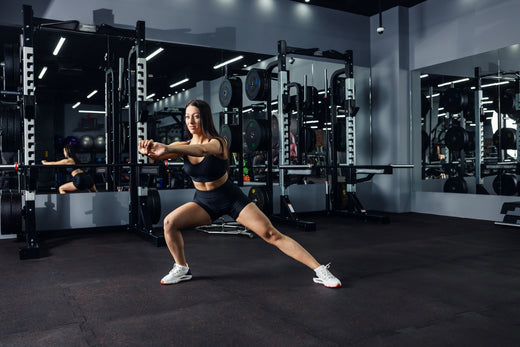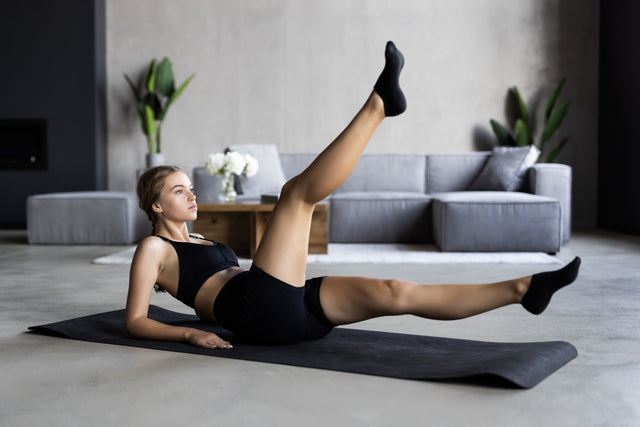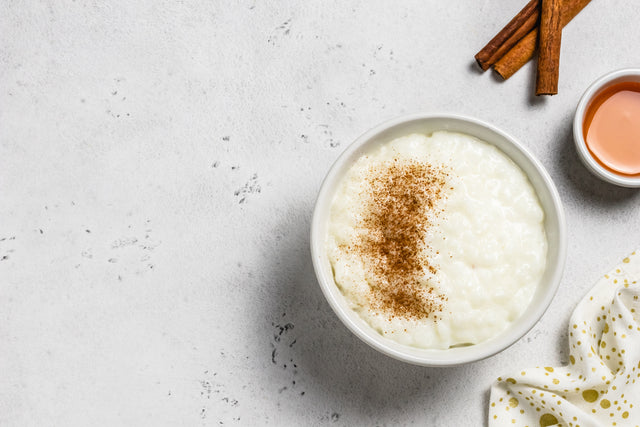Lateral Lunge: Build Stronger Legs, Glutes, and Hips with This Functional Lower Body Movement
The lateral lunge, also known as the side lunge, is one of the most underrated lunge variations in lower body training. While forward and walking lunges target the sagittal plane (front to back), the lateral lunge introduces a lateral shift—training the body in the frontal plane, which is essential for building functional strength, injury resilience, and balanced development of the hips, glutes, and thighs.
Whether your goal is mobility, muscle, or athletic performance, the lateral lunge is a valuable movement that targets areas traditional squats and lunges often miss. In this article, we’ll break down how to do lateral lunges, which muscles they target, and how to integrate them into your leg-day or mobility-focused workouts.
What Are Lateral Lunges?
The lateral lunge is a compound lower body movement and unilateral lunge variation. Unlike a forward lunge, the lateral lunge requires you to step out to the side while keeping the opposite leg extended. This lateral movement pattern challenges your adductors (inner thighs), abductors (outer hips), and gluteus medius, alongside the larger posterior chain muscles like the glutes and hamstrings.
Because of its unique direction of movement, the lateral lunge improves hip mobility, frontal plane stability, and lower body strength symmetry—making it a highly functional addition to any strength or sports performance program.
“Training across all three planes of motion—sagittal, frontal, and transverse—improves overall movement efficiency, stability, and athletic performance.” — Cook et al., Functional Movement Systems
Muscles Worked in the Lateral Lunge
The lateral lunge engages a wide range of lower body muscles, making it an effective movement for both strength and mobility.
Primary Muscles:
-
Quadriceps (front of thigh)
-
Gluteus Maximus (upper glute focus)
-
Gluteus Medius (side hip)
-
Hamstrings
-
Adductors (inner thigh)
-
Abductors (outer thigh/hip)
Stabilizing Muscles:
-
Core (Transverse Abdominis and Obliques)
-
Calves (Gastrocnemius and Soleus)
-
Spinal Erectors (to maintain a neutral back)
Because you’re loading one side at a time, lateral lunges also demand unilateral control, which is important for injury prevention and muscle balance.
Benefits of Lateral Lunges
1. Improved Hip Mobility
As you shift into the lunge and push your hips back, you stretch and strengthen the adductors and hip flexors, improving hip joint range of motion. This mobility transfers directly to lifts like the deadlift, snatch, squat, and power clean.
“Hip mobility is a limiting factor in compound lower body lifts and is a key determinant of injury prevention and movement quality.” — Schoenfeld, NSCA Essentials of Strength Training and Conditioning
2. Functional Lower Body Strength
Lateral lunges simulate everyday movement patterns like cutting, stepping sideways, and decelerating—making them excellent for athletes. They also improve real-world strength used in stair climbing, lifting, and walking.
3. Increased Flexibility and Stability
As you descend, your hip abductors and adductors stretch, building flexibility in the groin and lateral hip region. This enhances your balance, posture, and proprioception.
4. Glute and Inner Thigh Activation
Unlike forward lunges that primarily target the glute max and quads, lateral lunges emphasize glute medius and the adductors, which are often under-trained but crucial for hip stabilization and athletic movement.
How to Do Lateral Lunges (Step-by-Step)
Equipment: Bodyweight, dumbbells, kettlebells, or barbell (optional for loading)
-
Start Position
-
Stand tall with feet hip-width apart.
-
Hold a dumbbell in each hand (optional), or keep hands at your chest.
-
-
Step Out Laterally
-
Take a wide step out to the side with your left leg.
-
Keep your right leg straight and foot planted.
-
-
Lower and Load
-
Bend the left knee and push your hips back and down into a squat position.
-
Keep your chest up and spine neutral as your weight shifts into the heel and midfoot of the lunging leg.
-
-
Depth and Control
-
Aim to reach a 90-degree angle in the bent knee while maintaining a flat foot.
-
Your right leg remains straight and extended, stretching the adductors.
-
-
Push Back
-
Drive through the heel of the lunging leg to return to the starting position.
-
-
Repeat
-
Perform for the prescribed number of reps, then switch sides.
-
Note: It’s natural for your torso to lean slightly forward as you step into the lunge. Just be sure to maintain a flat lower back and avoid rounding through the spine.
Common Mistakes to Avoid
-
Stepping Too Narrow A narrow step reduces range of motion and activation. Take a wide enough step to engage the inner and outer thigh effectively.
-
Collapsing the Knee Inward Keep the knee aligned over the toes to protect the joint and maintain muscular tension.
-
Leaning Too Far Forward A slight lean is acceptable, but excessive forward motion disengages the glutes and overloads the spine.
-
Not Sitting Back Push the hips back, not just downward—this keeps tension in the glutes and prevents strain in the knee.
-
Skipping the Stretch Rushing the movement reduces the mobility benefit. Control your descent and allow the stretch through the adductors.
Programming and Progressions
| Goal | Sets | Reps | Rest |
|---|---|---|---|
| Mobility/Warm-Up | 2 | 10 per leg | 30–45 sec |
| Hypertrophy | 3–4 | 8–12 per leg | 45–60 sec |
| Strength/Power | 3–4 | 6–8 per leg | 60–90 sec |
Variations to Try:
-
Weighted Dumbbell Lateral Lunge (goblet or dual dumbbells)
-
Barbell Lateral Lunge
-
Walking Lateral Lunge (adds a coordination element)
-
Deficit Lateral Lunge (stand on a step to increase depth and mobility)
-
Lateral Lunge with Reach (adds upper-body engagement for core and balance)
Final Thoughts: Why You Should Be Doing Lateral Lunges
The lateral lunge is more than just a leg-day accessory—it’s a functional, mobility-enhancing, and muscle-building movement that challenges your body in a plane of motion most lifters ignore. With its ability to build stronger glutes, open up the hips, and improve stability and balance, it's a must-have in lower body and athletic training programs alike.
Whether you’re lifting for strength, training for sport, or simply looking to move and feel better—lateral lunges can help you get there. Add them to your weekly programming and you’ll quickly feel (and see) the difference in power, symmetry, and hip function.
“Frontal plane exercises like lateral lunges are essential for improving movement variability and preventing overuse injuries in single-plane dominant training routines.” — Boyle, Advances in Functional Training
Need Help With Optimizing Your Diet, Nutrition, And Training Plan To Finally Get The Results You've Been Waiting For?
SWOLVERINE IS AN ENDURANCE ATHLETE AND ACTIVE LIFESTYLE BRAND. MADE FOR THE ELITE ATHLETE, AND THE STRONG-WILLED OUR PRODUCTS WERE DESIGNED TO FUEL YOUR ATHLETIC PERFORMANCE. WE PERFORM WHEN YOU PERFORM.
We believe that everyone can optimize not only their athletic performance but their human potential. The way we believe we can optimize performance is through transparency, clinically effective doses, and clinically proven ingredients with evidence-based outcomes. We provide the nutrients you need to power your active lifestyle.








